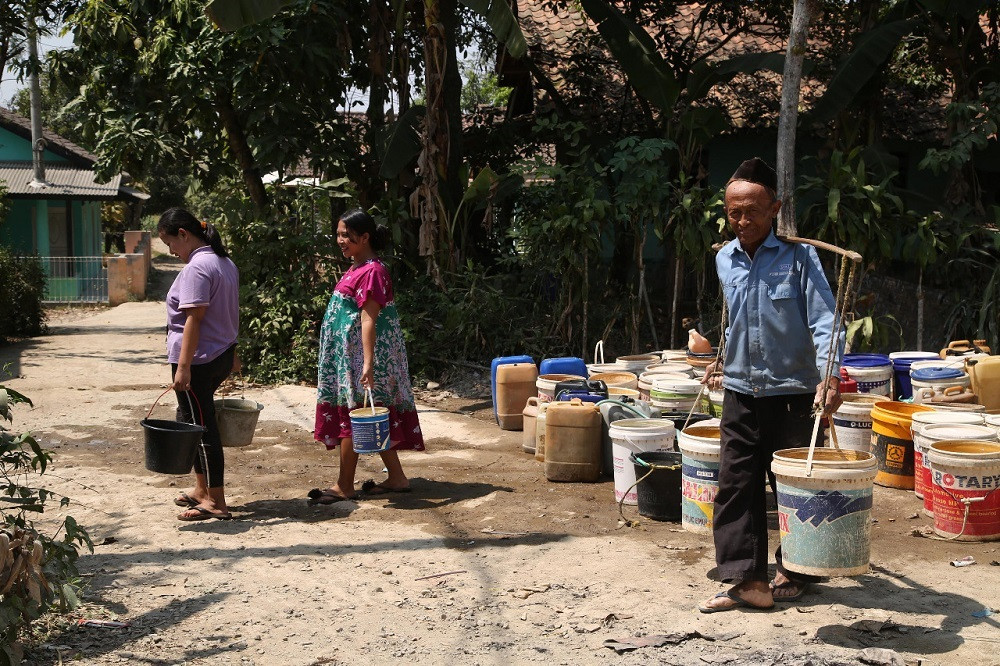Popular Reads
Top Results
Can't find what you're looking for?
View all search resultsPopular Reads
Top Results
Can't find what you're looking for?
View all search resultsDry season to peak in August, less severe than last year: BMKG
In March, the BMKG predicted that the transition to the dry season would occur between April and May, with a nationwide dry season expected between June and August.
Change text size
Gift Premium Articles
to Anyone
T
he Meteorology, Climatology and Geophysics Agency (BMKG) has urged people to prepare for the dry season, expected to peak in August, although it is expected to be less severe than last year.
“Stakeholders and residents must be better prepared in facing the impact of the dry season, especially in areas prone to drought, forest and land fires, as well as clean water scarcity,” the agency said as reported by tempo.co on Tuesday.
The BMKG suggested that regional administrations optimize their efforts in collecting water by filling up local lakes, reservoirs and other water retention ponds.
BMKG head Dwikorita Karnawati said some parts of the country had already entered the dry season.
“This year’s dry season will be less severe than last year, except in some areas, like across Pantura [Java’s northern coast], where it will be more dry than normal, although not as dry as last year,” she added.
Read also: Brace for stiflingly hot weather during dry season: BMKG
The agency expected 2020 to have a wetter dry season than last year, however, 30 percent of the country’s 342 seasonal zone areas could experience a dryer season than usual. Those areas include parts of Aceh, Riau, Banten, West Java, Central Java, East Java, Bali, East Kalimantan, West Nusa Tenggara, South Sulawesi and Maluku.
Areas “dryer than normal” are expected to see between zero to 5 millimeters of rainfall per 10 days.
Dwikorita warned that lower rainfall in some areas might lead to difficulty in getting water supplies and irrigation, which might affect agriculture activities.
In 2019, the country saw a severe dry season as some areas in Nusa Tenggara, Bali and most of Java saw no rain for more than three months. The season lasted two months longer than had been forecast in nearly all regions, causing a nationwide drought and forest fires in parts of Sumatra.
In March, the BMKG predicted that the transition to the dry season would occur between April and May, with a nationwide dry season expected between June and August.
This year’s rainy season is expected to fall between October and December. (mfp)










